Home>Gardening & Outdoor>Landscaping Ideas>How To Spread Zoysia Grass
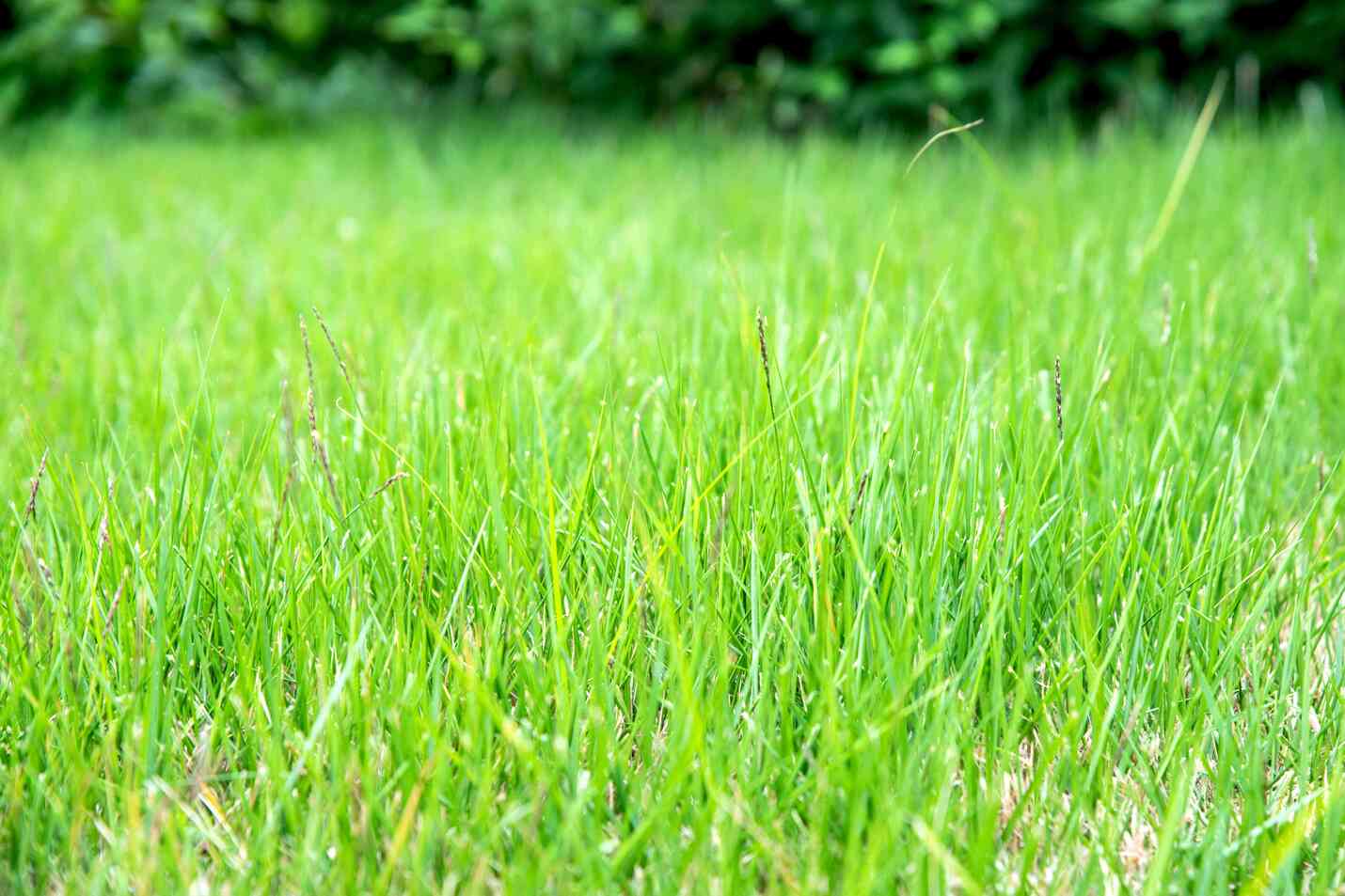

Landscaping Ideas
How To Spread Zoysia Grass
Modified: March 29, 2024
Learn effective landscaping ideas for spreading zoysia grass in your yard. Discover step-by-step methods for achieving a lush, green lawn.
(Many of the links in this article redirect to a specific reviewed product. Your purchase of these products through affiliate links helps to generate commission for Storables.com, at no extra cost. Learn more)
Introduction
Welcome to the world of Zoysia grass, where lush green lawns and landscapes come to life with minimal maintenance. If you’re seeking a resilient, visually appealing, and low-maintenance grass variety for your outdoor space, Zoysia grass is an excellent choice. In this comprehensive guide, we’ll explore the ins and outs of spreading Zoysia grass, from understanding its unique characteristics to the step-by-step process of planting and maintaining it.
Whether you’re a seasoned lawn care enthusiast or a newcomer to the realm of landscaping, this article will equip you with the knowledge and confidence to cultivate a thriving Zoysia grass lawn. So, let’s dive into the fascinating world of Zoysia grass and uncover the secrets to achieving a verdant, resilient, and envy-inducing lawn.
Key Takeaways:
- Zoysia grass is a resilient, low-maintenance option for a lush lawn. Choose the right variety based on climate and soil, and prepare the soil well for optimal growth.
- Plant Zoysia grass using sod, plugs, or seed, and provide consistent watering and balanced fertilization. Proper mowing and maintenance practices are crucial for a vibrant and enduring lawn.
Read more: How Does Zoysia Grass Spread
Understanding Zoysia Grass
Zoysia grass, named after the botanist Karl von Zois, is a warm-season grass celebrated for its exceptional resilience and visual appeal. This grass variety thrives in warm, tropical climates and is prized for its dense, lush growth and tolerance to drought, heat, and foot traffic. Its fine texture and vibrant green hue make it a sought-after choice for lawns, golf courses, and parks.
One of the defining features of Zoysia grass is its remarkable ability to spread and fill in bare patches, creating a uniform carpet of greenery. This characteristic, coupled with its low maintenance requirements, positions Zoysia grass as a top contender for homeowners and landscapers seeking a visually striking yet manageable lawn solution.
Furthermore, Zoysia grass exhibits excellent tolerance to pests and diseases, reducing the need for chemical interventions and making it an environmentally friendly landscaping option. Its deep root system enables it to withstand periods of drought, while its ability to recover from stress and damage sets it apart as a resilient and enduring turfgrass variety.
By understanding the unique traits of Zoysia grass, you can harness its natural strengths to cultivate a thriving lawn that enhances the beauty of your outdoor space while minimizing the demands of maintenance. In the following sections, we’ll delve into the process of selecting the right variety of Zoysia grass, preparing the soil, planting, and maintaining this exceptional grass species.
Choosing the Right Variety of Zoysia Grass
When it comes to selecting the ideal variety of Zoysia grass for your lawn, several factors come into play. Each variety possesses unique characteristics that cater to specific environmental conditions and aesthetic preferences. Understanding these distinctions will empower you to make an informed decision that aligns with your landscaping goals.
One of the most popular varieties, Zoysia japonica, is renowned for its exceptional tolerance to heat, cold, and shade. It thrives in a wide range of climates, making it a versatile choice for homeowners seeking a resilient and visually appealing lawn solution. Its dense growth pattern and lush green color make it a top contender for those desiring a vibrant and uniform lawn surface.
Zoysia matrella, another sought-after variety, boasts a fine texture and exceptional tolerance to close mowing, making it an excellent choice for golf courses, parks, and landscapes where a manicured appearance is desired. Its ability to form a dense carpet of grass contributes to its visual appeal and resilience in high-traffic areas.
For those residing in regions with prolonged periods of drought and water restrictions, Zoysia tenuifolia emerges as a standout choice. This variety is celebrated for its remarkable drought tolerance and requires minimal water to thrive, making it an environmentally conscious and sustainable option for water-conscious homeowners.
Before choosing a Zoysia grass variety, consider the climate, soil type, sun exposure, and intended use of the lawn. By aligning these factors with the unique traits of each variety, you can select the most suitable option that will thrive in your specific environment and meet your aesthetic and functional preferences.
Next, we’ll explore the crucial steps involved in preparing the soil to create an optimal environment for your chosen variety of Zoysia grass.
Preparing the Soil for Zoysia Grass
Before embarking on the exciting journey of planting Zoysia grass, it’s essential to lay a solid foundation by preparing the soil to create an optimal growing environment. The quality of the soil directly impacts the health, growth, and resilience of your Zoysia grass lawn, making soil preparation a critical step in the landscaping process.
Begin by conducting a soil test to assess its pH level, nutrient content, and composition. This valuable insight will guide you in making informed decisions regarding soil amendments and fertilization. Zoysia grass thrives in slightly acidic to neutral soil with a pH range of 6.0 to 7.0. If the soil test reveals a pH level outside this range, consider amending the soil to create a favorable growing environment for Zoysia grass.
Next, evaluate the soil’s texture and drainage capabilities. Zoysia grass flourishes in well-draining soil and may struggle in compacted or waterlogged conditions. If the soil exhibits poor drainage, consider incorporating organic matter such as compost or peat moss to improve its structure and drainage capacity.
Once the soil assessment is complete, proceed with aerating the soil to alleviate compaction and promote healthy root development. Aeration enhances the soil’s ability to absorb water, nutrients, and oxygen, creating an optimal foundation for your Zoysia grass to thrive.
After addressing soil compaction, consider applying a balanced fertilizer tailored to the specific nutrient needs identified in the soil test. This step ensures that the soil provides the essential nutrients necessary for the healthy establishment and growth of Zoysia grass.
Finally, take the time to remove any debris, rocks, or weeds from the soil surface to create a clean and receptive bed for planting Zoysia grass. By meticulously preparing the soil, you set the stage for a successful and enduring lawn that will captivate with its lush greenery and resilience.
With the soil meticulously prepared, the stage is set for the exciting phase of planting Zoysia grass, which we will explore in the following section.
Planting Zoysia Grass
As you embark on the process of planting Zoysia grass, you are poised to transform your outdoor space into a verdant oasis of natural beauty and resilience. Whether you opt for sod, plugs, or seed, the planting phase is a pivotal step in establishing a lush and enduring Zoysia grass lawn.
If you choose to plant Zoysia grass using sod, you can enjoy the immediate gratification of a fully covered lawn. Sod provides an instant green carpet, offering a convenient and efficient way to establish a Zoysia grass lawn. When laying sod, ensure that the soil is well-prepared and free of debris, and firmly press the sod pieces together to eliminate gaps and promote seamless growth.
For those who prefer a more cost-effective and hands-on approach, planting Zoysia grass plugs presents an excellent option. Plugs are small, rooted sections of Zoysia grass that are spaced apart and gradually fill in to create a uniform lawn. When planting plugs, ensure that they are placed at the recommended spacing to facilitate efficient coverage and growth.
Another method of establishing a Zoysia grass lawn is through seeding. While this approach requires more patience as the grass gradually fills in, it offers a budget-friendly and rewarding way to cultivate a dense and resilient lawn. When seeding Zoysia grass, ensure that the soil is adequately prepared, and follow the recommended seeding rate to achieve optimal coverage.
Regardless of the planting method you choose, it’s crucial to provide ample water to facilitate the establishment of Zoysia grass. During the initial phase, maintain consistent moisture to support root development and ensure the successful growth of your newly planted grass.
As your Zoysia grass takes root and begins to flourish, you’ll witness the gradual transformation of your outdoor space into a vibrant and resilient landscape. The next crucial steps involve watering and fertilizing your Zoysia grass to nurture its growth and vitality, which we will explore in the following section.
When spreading Zoysia grass, make sure to prepare the soil by removing any debris and loosening the top layer. Then, spread the seeds evenly and lightly cover with soil. Water regularly to keep the soil moist for germination.
Read more: When To Plant Zoysia Grass Plugs
Watering and Fertilizing Zoysia Grass
Watering and fertilizing are essential components of nurturing a thriving Zoysia grass lawn, contributing to its lush appearance, resilience, and long-term health. By understanding the watering and fertilization needs of Zoysia grass, you can optimize its growth and vitality, ensuring a stunning and enduring landscape.
Upon planting Zoysia grass, it’s crucial to provide consistent and adequate moisture to support the establishment of the grass and encourage robust root development. During the initial phase, water the newly planted grass regularly, ensuring that the soil remains moist but not waterlogged. As the grass becomes established, gradually transition to a deeper and less frequent watering schedule to promote the development of a deep and resilient root system.
Throughout the growing season, monitor the moisture levels of the soil and adjust your watering frequency based on environmental conditions and the grass’s specific needs. Zoysia grass exhibits excellent drought tolerance once established, making it well-suited to regions with hot and dry climates. However, during prolonged periods of drought, supplemental watering may be necessary to sustain the health and vibrancy of your Zoysia grass lawn.
In addition to adequate moisture, Zoysia grass benefits from a balanced fertilization regimen tailored to its specific nutrient requirements. A slow-release, nitrogen-rich fertilizer applied in the spring, summer, and early fall can provide the essential nutrients needed for healthy growth and vibrant greenery. However, it’s important to avoid over-fertilization, as this can lead to excessive leaf growth and potential thatch buildup.
By adhering to a consistent fertilization schedule and ensuring that the grass receives the necessary nutrients, you can promote a dense, resilient, and visually appealing Zoysia grass lawn. Furthermore, incorporating organic fertilizers and soil amendments can contribute to the long-term health and sustainability of your lawn, reducing the reliance on synthetic chemicals and promoting an environmentally friendly approach to lawn care.
As your Zoysia grass flourishes under the care of proper watering and fertilization, the next step involves understanding the best practices for mowing and maintaining this exceptional grass variety, which we will explore in the following section.
Mowing and Maintenance of Zoysia Grass
Effective mowing and maintenance practices are integral to the health, appearance, and resilience of Zoysia grass, ensuring a vibrant and well-manicured lawn that enhances the beauty of your outdoor space. By adopting proper mowing techniques and implementing essential maintenance tasks, you can promote the optimal growth and longevity of your Zoysia grass lawn.
When it comes to mowing Zoysia grass, it’s essential to adhere to the recommended mowing height to encourage healthy growth and density. Ideally, Zoysia grass should be mowed at a height of 1 to 2 inches, depending on the specific variety. Mowing at this height promotes a dense turf, suppresses weed growth, and contributes to the grass’s overall resilience.
Additionally, it’s crucial to ensure that the mower blades are sharp to achieve clean and precise cuts, preventing frayed grass blades that can compromise the grass’s health and appearance. Regular mower blade maintenance is essential to achieving a well-groomed and uniform Zoysia grass lawn.
As part of your Zoysia grass maintenance routine, consider dethatching the lawn if a thatch layer accumulates to a thickness of over half an inch. Thatch removal promotes air circulation, water penetration, and nutrient absorption, fostering a healthy and vigorous lawn. However, exercise caution to avoid aggressive dethatching, as Zoysia grass has a relatively slow growth rate and may require gentler maintenance practices compared to other grass varieties.
Aeration is another beneficial maintenance task that can enhance the health and resilience of Zoysia grass. By aerating the soil, you can alleviate compaction, improve root development, and promote the efficient uptake of water, oxygen, and nutrients, contributing to the long-term vitality of your lawn.
Furthermore, regular inspection for pests, diseases, and nutrient deficiencies is essential to proactively address any issues that may compromise the health and appearance of your Zoysia grass. By promptly identifying and addressing potential problems, you can maintain a vibrant and resilient lawn that captivates with its lush greenery.
With proper mowing and maintenance practices in place, you can ensure that your Zoysia grass lawn remains a stunning and enduring feature of your outdoor landscape. However, it’s important to be prepared to address common Zoysia grass problems that may arise, which we will explore in the following section.
Dealing with Common Zoysia Grass Problems
While Zoysia grass is celebrated for its resilience and adaptability, it is not immune to certain challenges that can affect its health and appearance. By familiarizing yourself with common Zoysia grass problems and their potential solutions, you can effectively address issues that may arise, ensuring the continued vitality and beauty of your lawn.
One prevalent issue that Zoysia grass may encounter is the development of thatch, a layer of organic matter that accumulates between the soil surface and the base of the grass blades. Excessive thatch can impede water penetration, air circulation, and nutrient absorption, compromising the health of the grass. To address thatch buildup, consider dethatching the lawn using specialized equipment or techniques designed to remove the excess organic matter and promote a healthy growing environment for Zoysia grass.
In regions with high humidity and prolonged periods of rainfall, Zoysia grass may be susceptible to fungal diseases such as brown patch and dollar spot. These diseases can manifest as discolored patches or circular spots on the lawn, detracting from its visual appeal. To mitigate fungal diseases, ensure proper lawn drainage, avoid overwatering, and implement cultural practices that promote airflow and reduce moisture on the grass blades and soil surface.
Another common issue that may affect Zoysia grass is the presence of pests such as chinch bugs, armyworms, and grubs. These pests can cause visible damage to the lawn, leading to thinning, discoloration, and weakened grass. Implementing integrated pest management strategies, which may include targeted insecticides, cultural practices, and biological control methods, can help mitigate pest infestations and protect the health of your Zoysia grass.
Furthermore, nutrient deficiencies can impact the vigor and color of Zoysia grass, leading to pale or yellowing patches on the lawn. Conducting a soil test to assess the nutrient levels and pH of the soil can provide valuable insights into the specific nutrient needs of your Zoysia grass. Based on the soil test results, you can tailor a fertilization regimen to address any deficiencies and promote the overall health and vibrancy of the lawn.
By remaining vigilant and proactive in addressing common Zoysia grass problems, you can uphold the resilience and beauty of your lawn, ensuring that it continues to thrive and enchant with its lush greenery. With these strategies in place, you can cultivate a stunning and enduring Zoysia grass landscape that elevates the allure of your outdoor space.
Conclusion
Congratulations on delving into the captivating realm of Zoysia grass and discovering the secrets to cultivating a lush, resilient, and visually stunning lawn. Throughout this comprehensive guide, we’ve explored the fundamental aspects of spreading Zoysia grass, from understanding its unique characteristics to the step-by-step process of planting and maintaining this exceptional grass variety.
By gaining a deeper understanding of Zoysia grass, you’ve unlocked the potential to transform your outdoor space into a verdant oasis of natural beauty and enduring resilience. The remarkable adaptability, drought tolerance, and low maintenance requirements of Zoysia grass position it as a top choice for homeowners and landscapers seeking a visually striking yet manageable lawn solution.
From selecting the right variety of Zoysia grass tailored to your specific climate and aesthetic preferences to meticulously preparing the soil and implementing proper watering, fertilization, mowing, and maintenance practices, you’ve gained the knowledge and insights necessary to nurture a thriving Zoysia grass lawn.
As you embark on your journey to spread Zoysia grass, remember the importance of patience, attentiveness, and proactive care. Embrace the unique traits of Zoysia grass, from its remarkable resilience to its vibrant green hue, and savor the rewarding experience of witnessing your outdoor landscape flourish with natural beauty and vitality.
With proper knowledge and care, you can create a Zoysia grass lawn that captivates with its lush greenery and enduring resilience, enriching your outdoor environment and providing a tranquil retreat for relaxation and enjoyment. Embrace the journey of cultivating a thriving Zoysia grass landscape, and revel in the beauty and tranquility it bestows upon your outdoor sanctuary.
May your Zoysia grass journey be filled with the joy of nurturing a vibrant and enduring lawn, and may the lush greenery of your outdoor space inspire moments of tranquility and natural splendor for years to come.
Frequently Asked Questions about How To Spread Zoysia Grass
Was this page helpful?
At Storables.com, we guarantee accurate and reliable information. Our content, validated by Expert Board Contributors, is crafted following stringent Editorial Policies. We're committed to providing you with well-researched, expert-backed insights for all your informational needs.
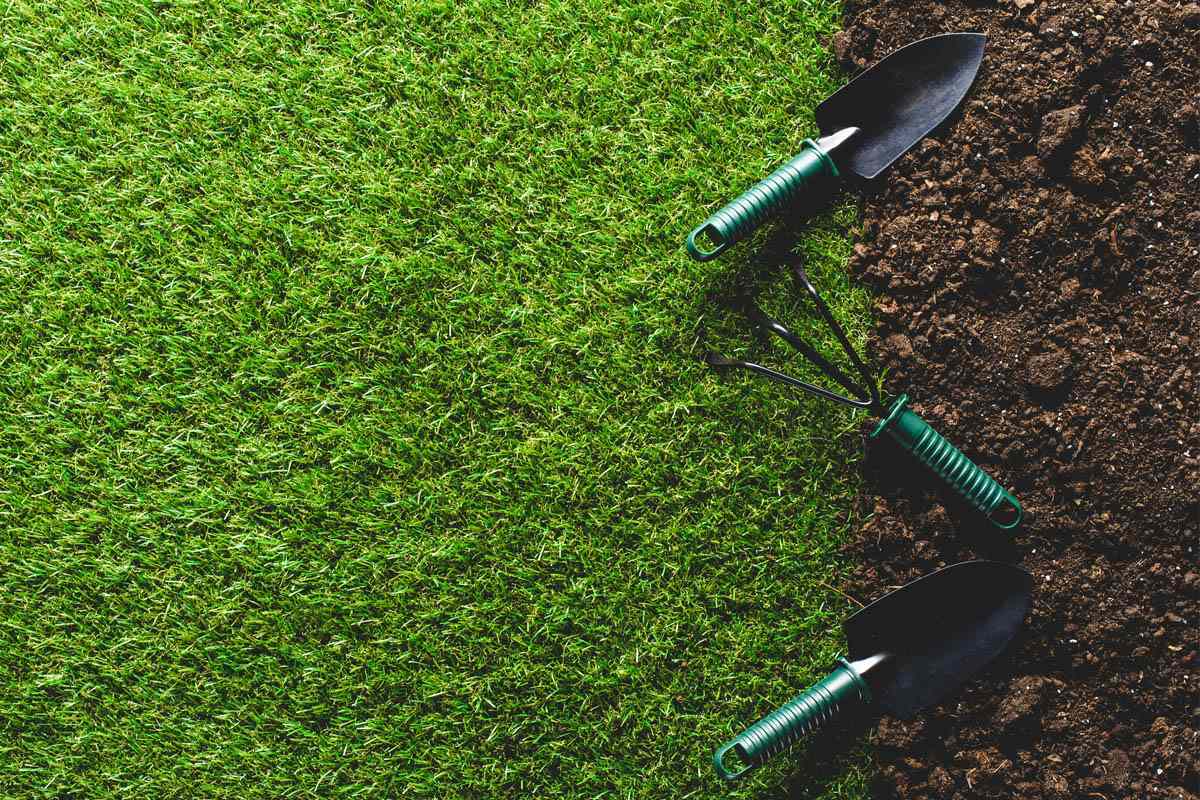
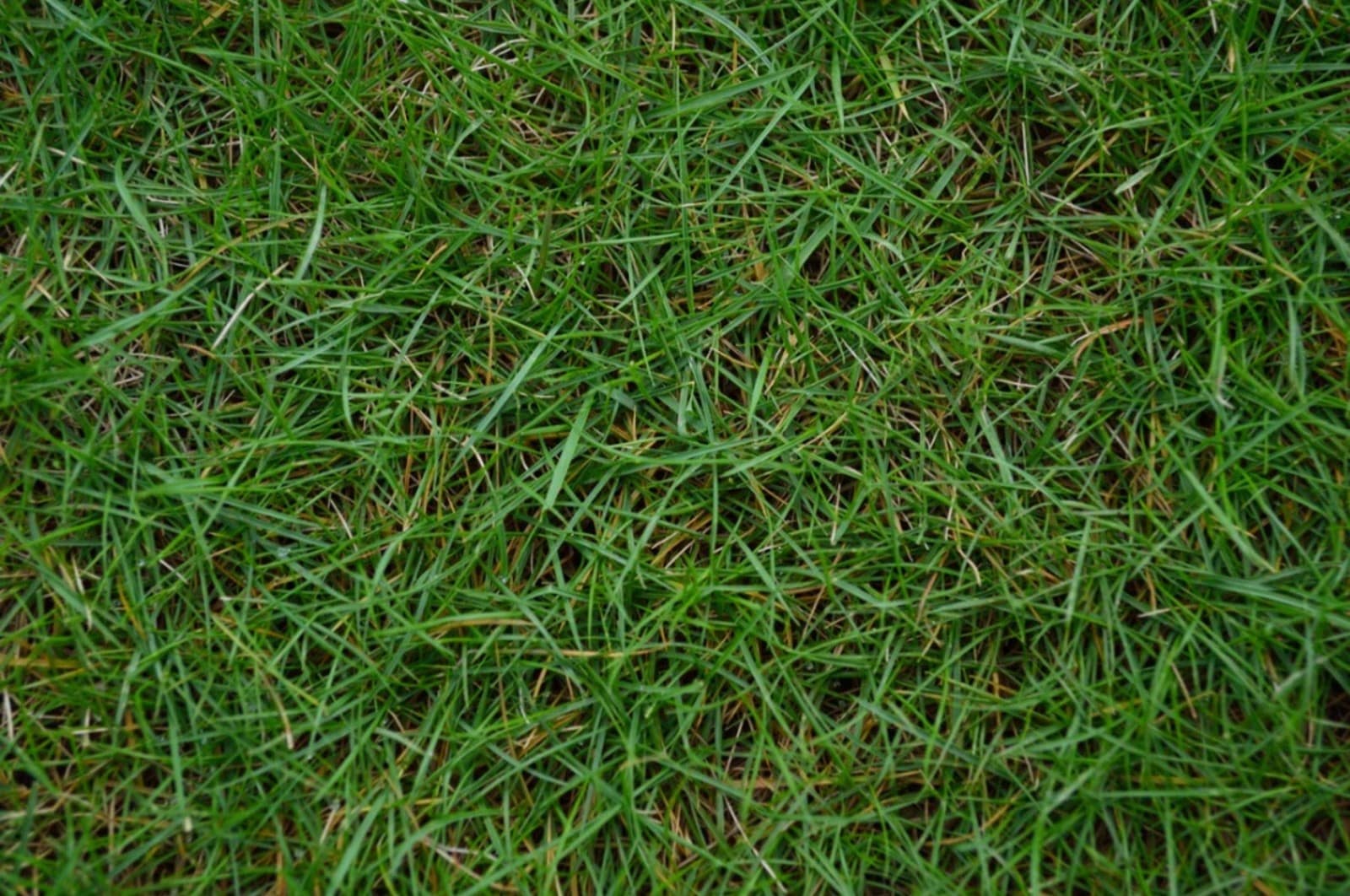
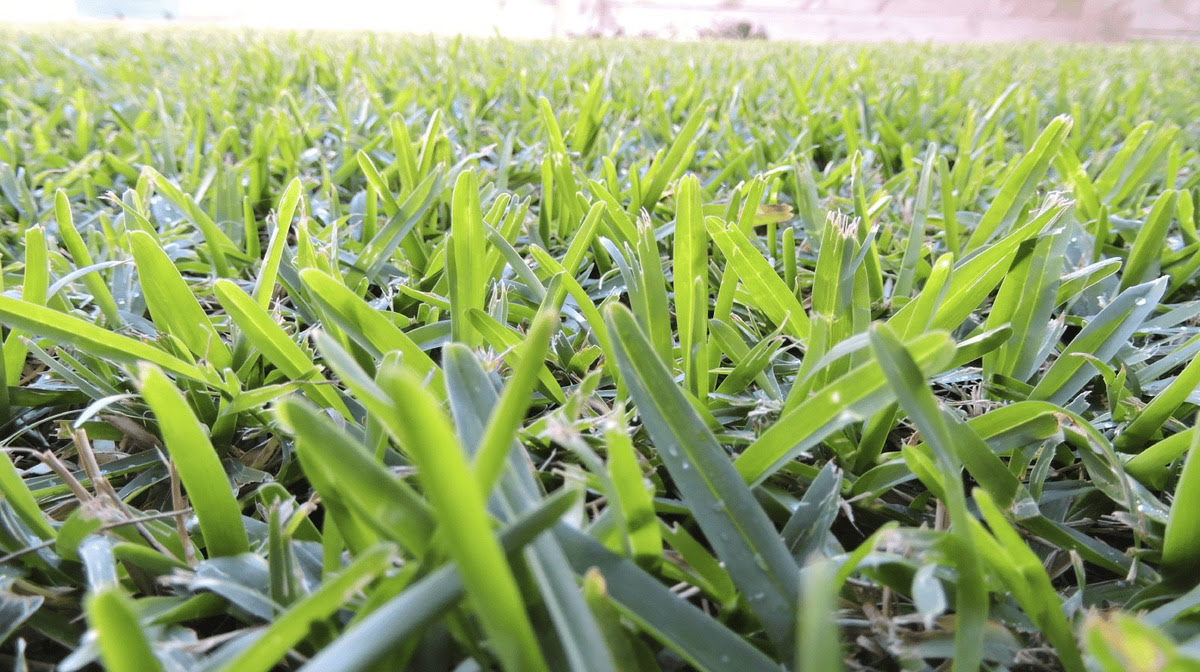
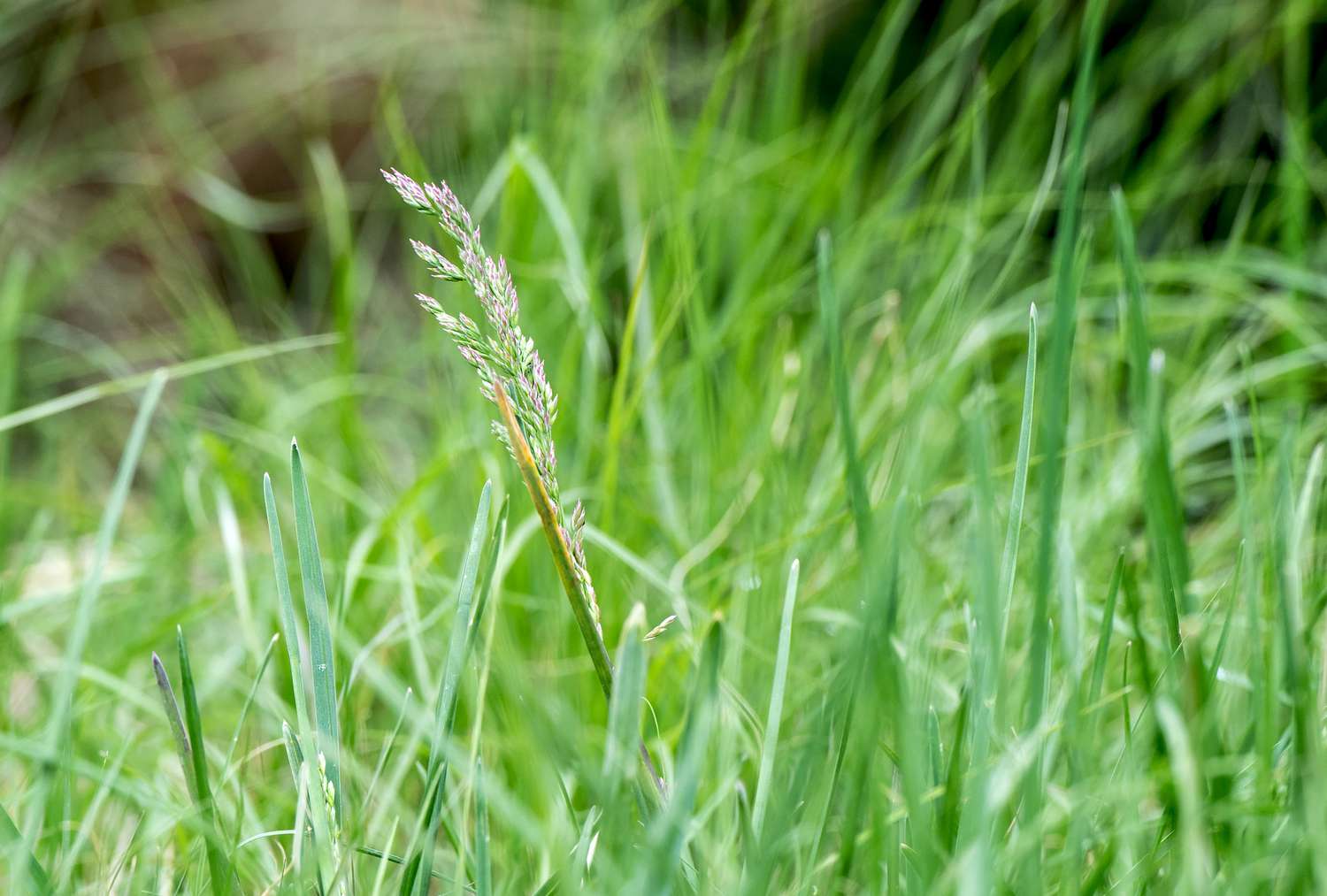
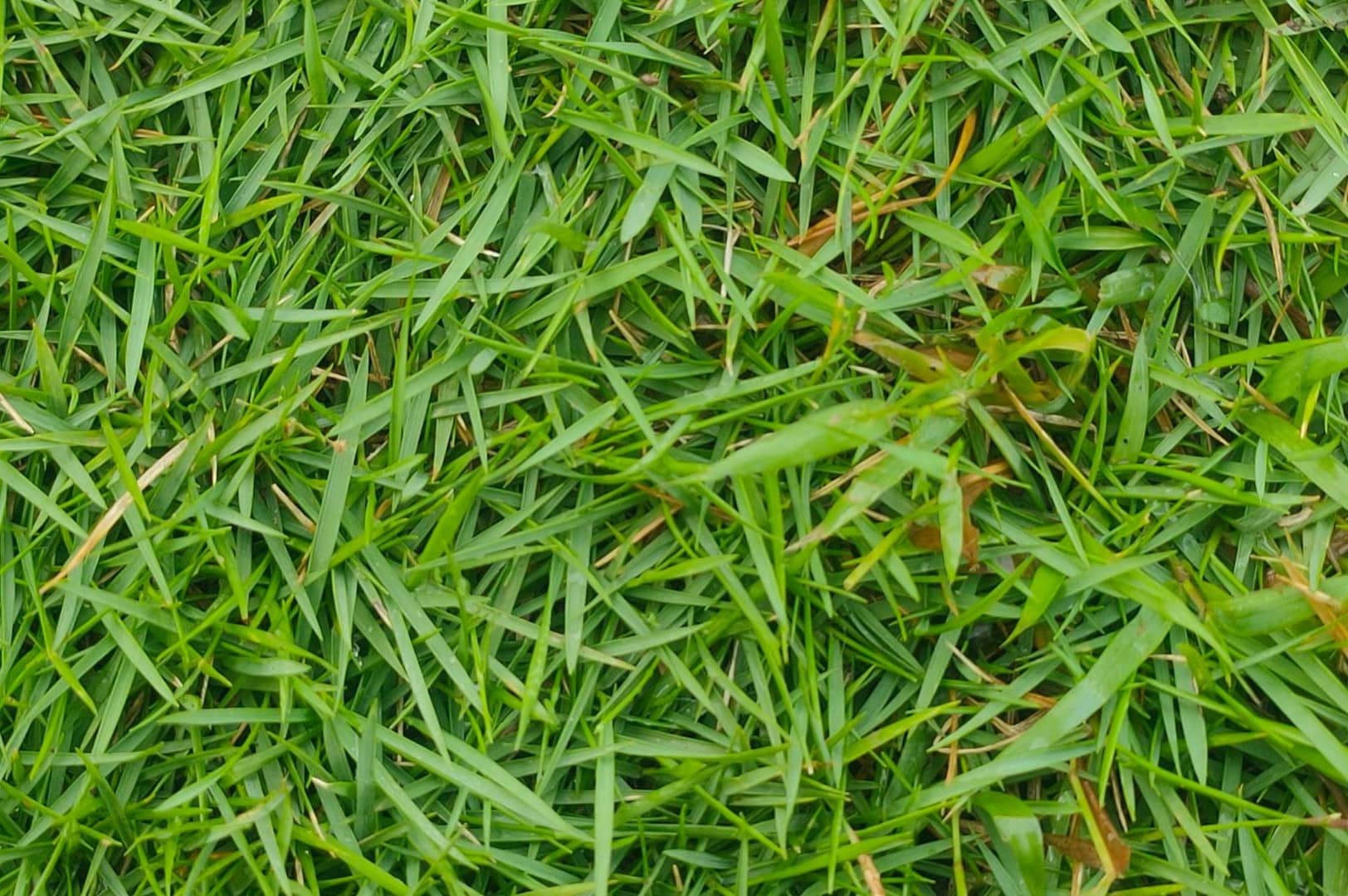
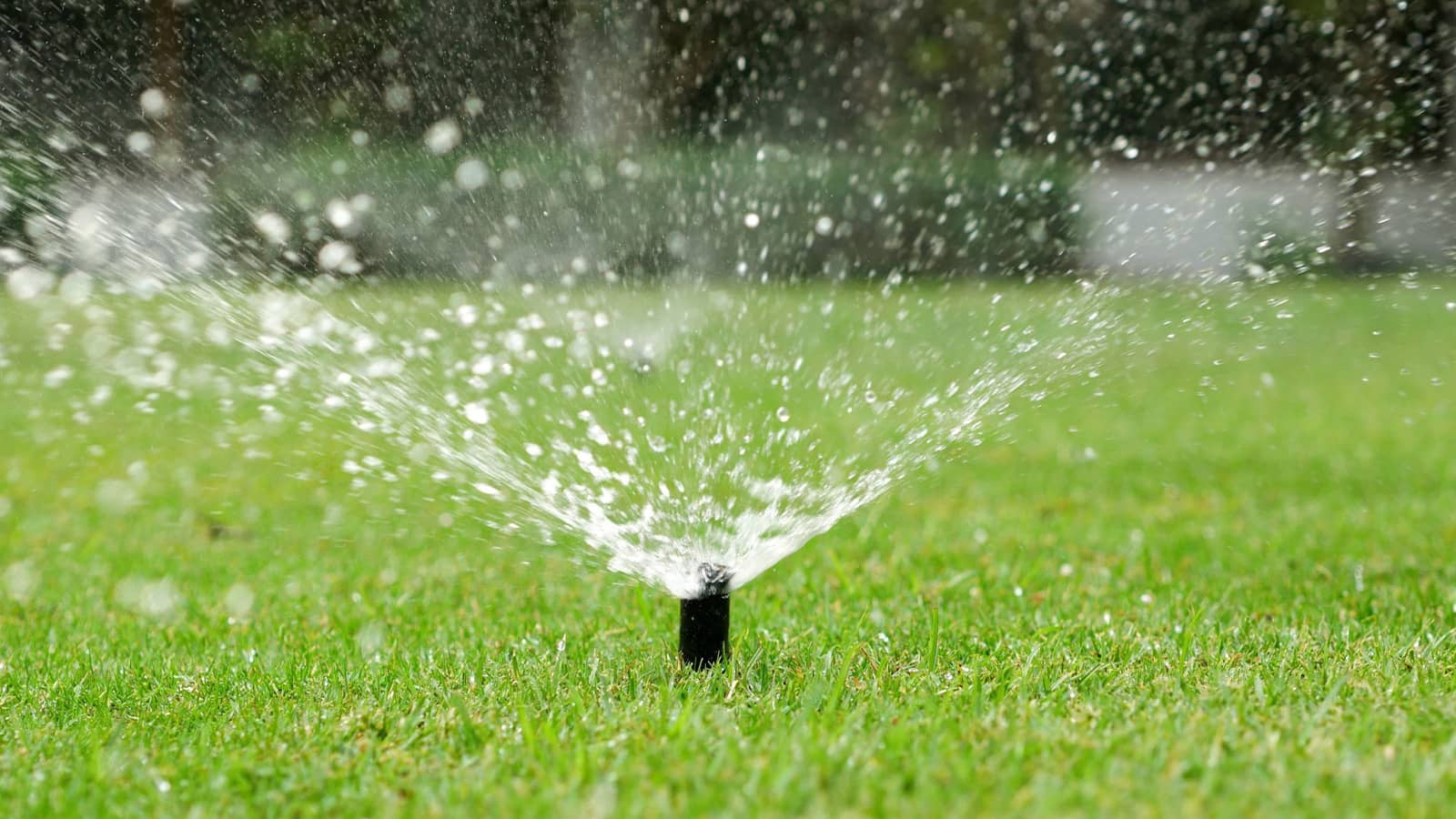
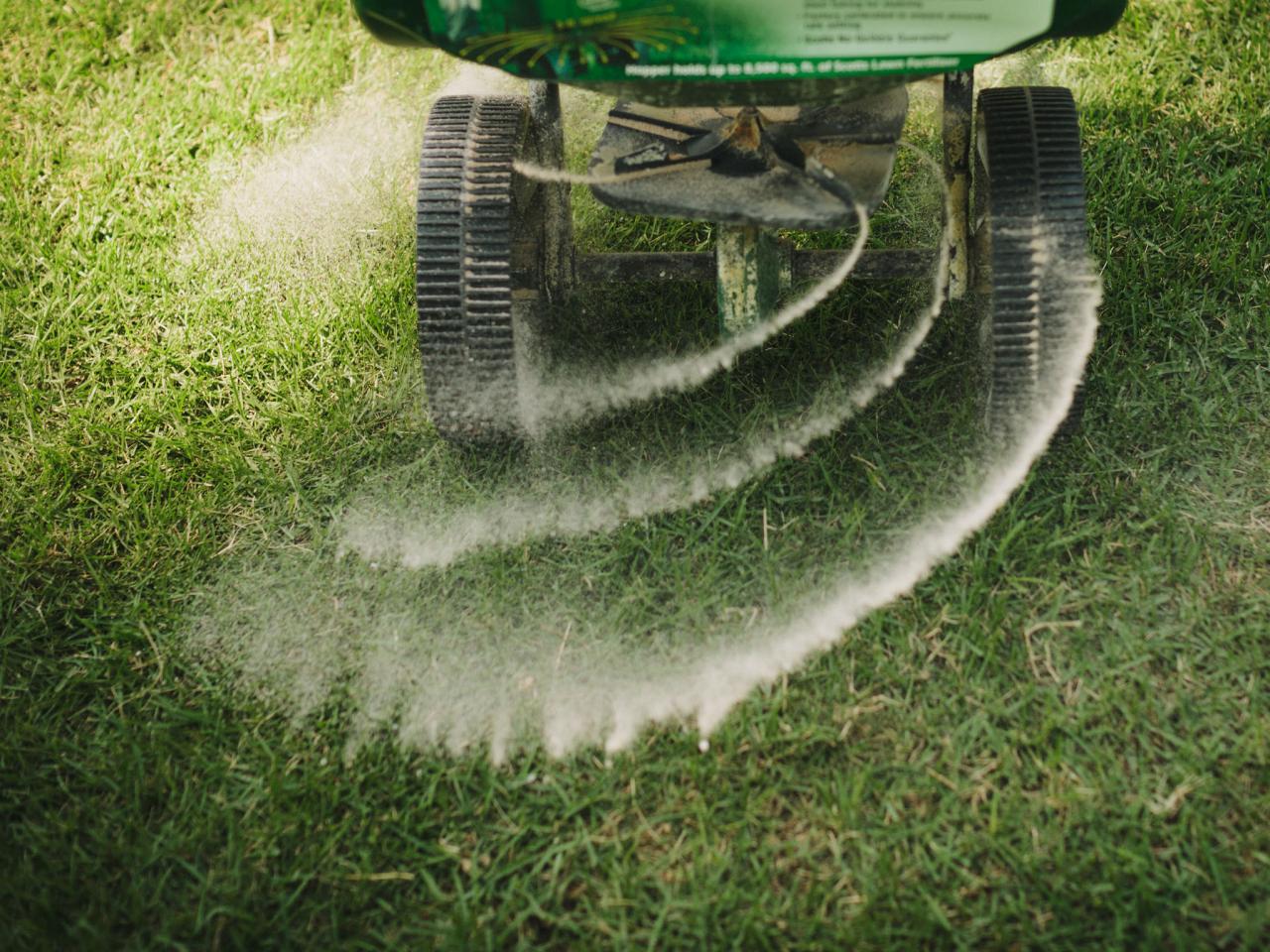
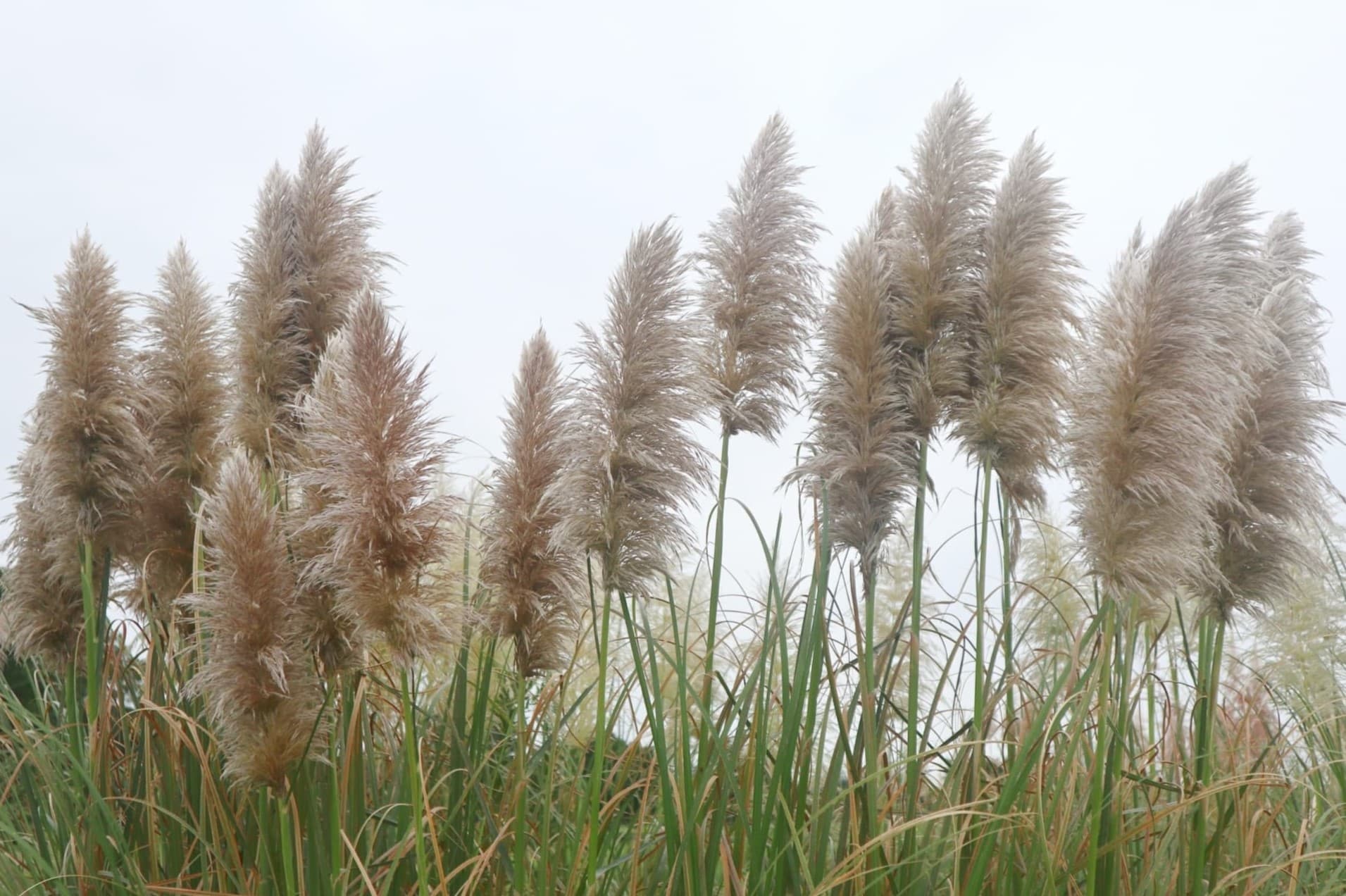
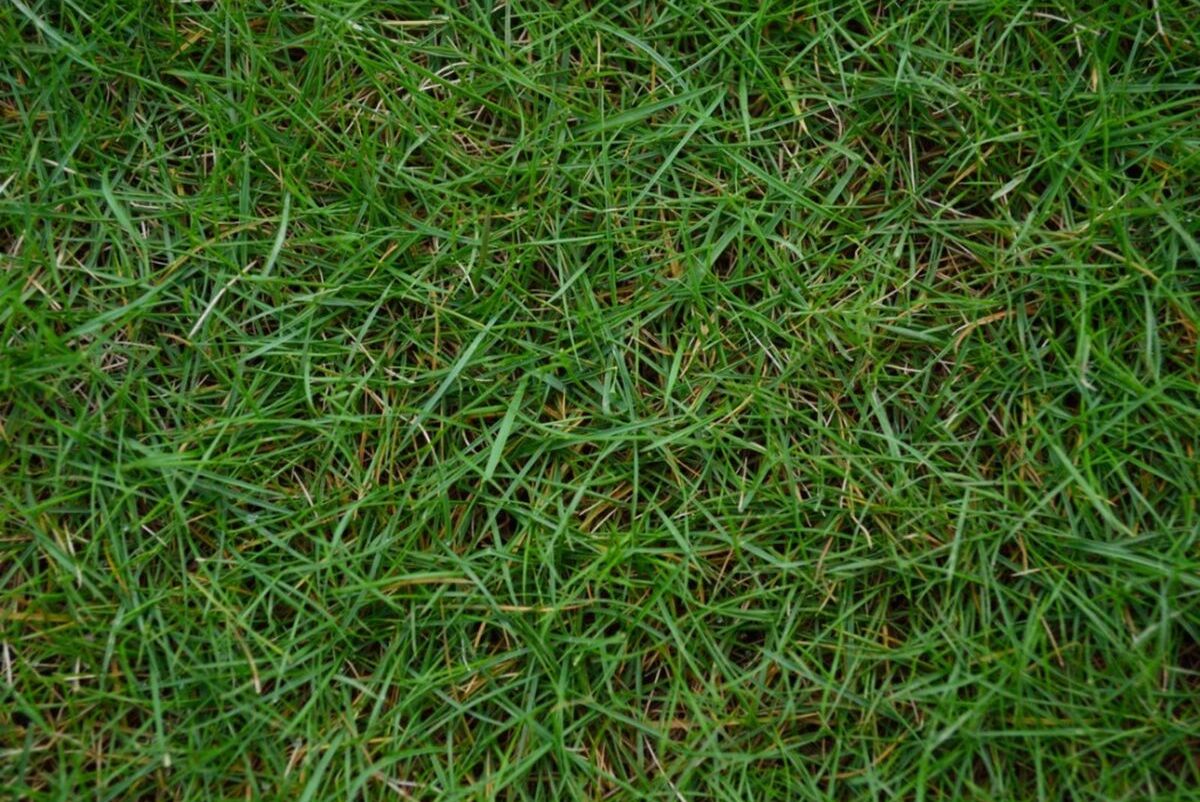
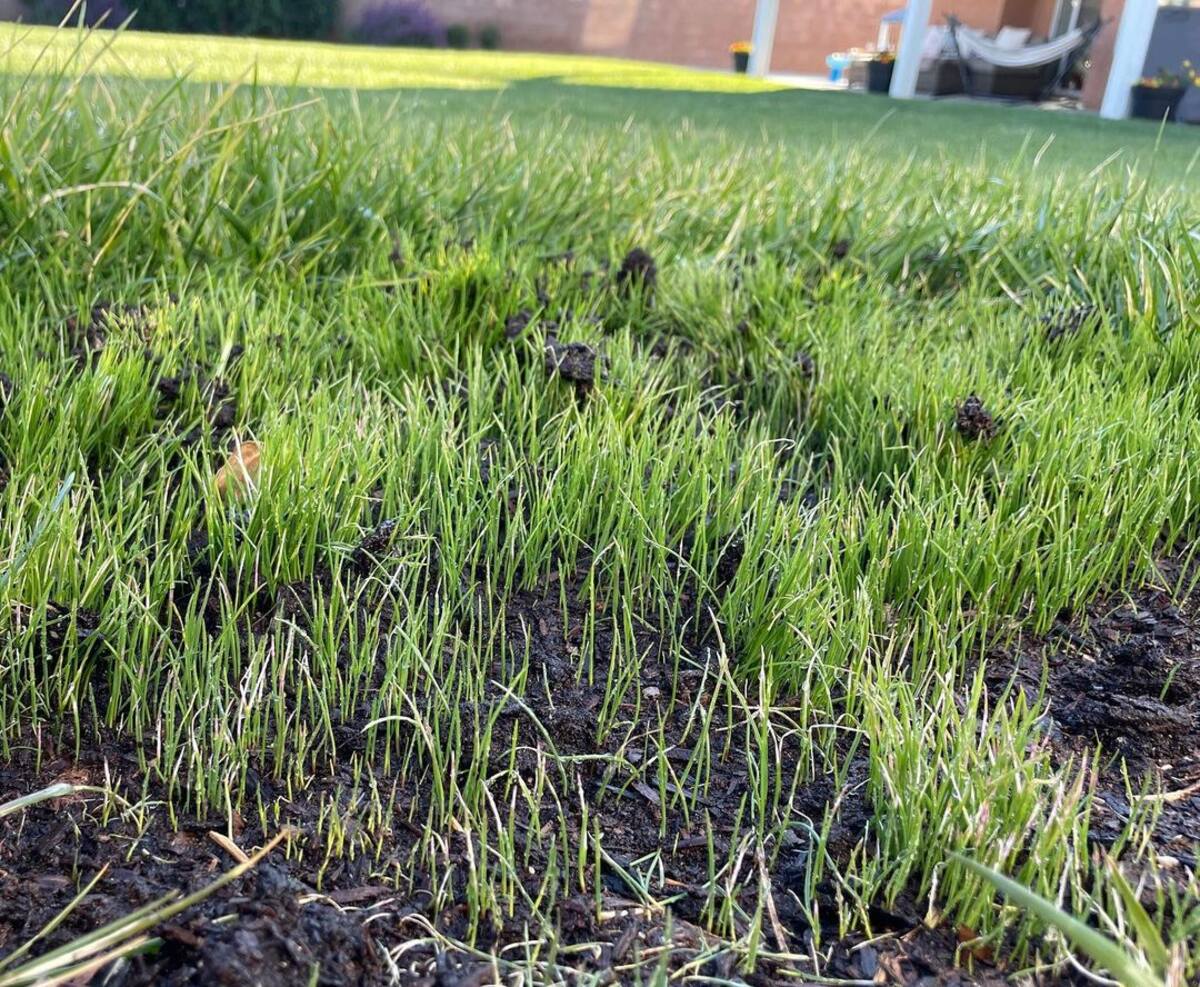
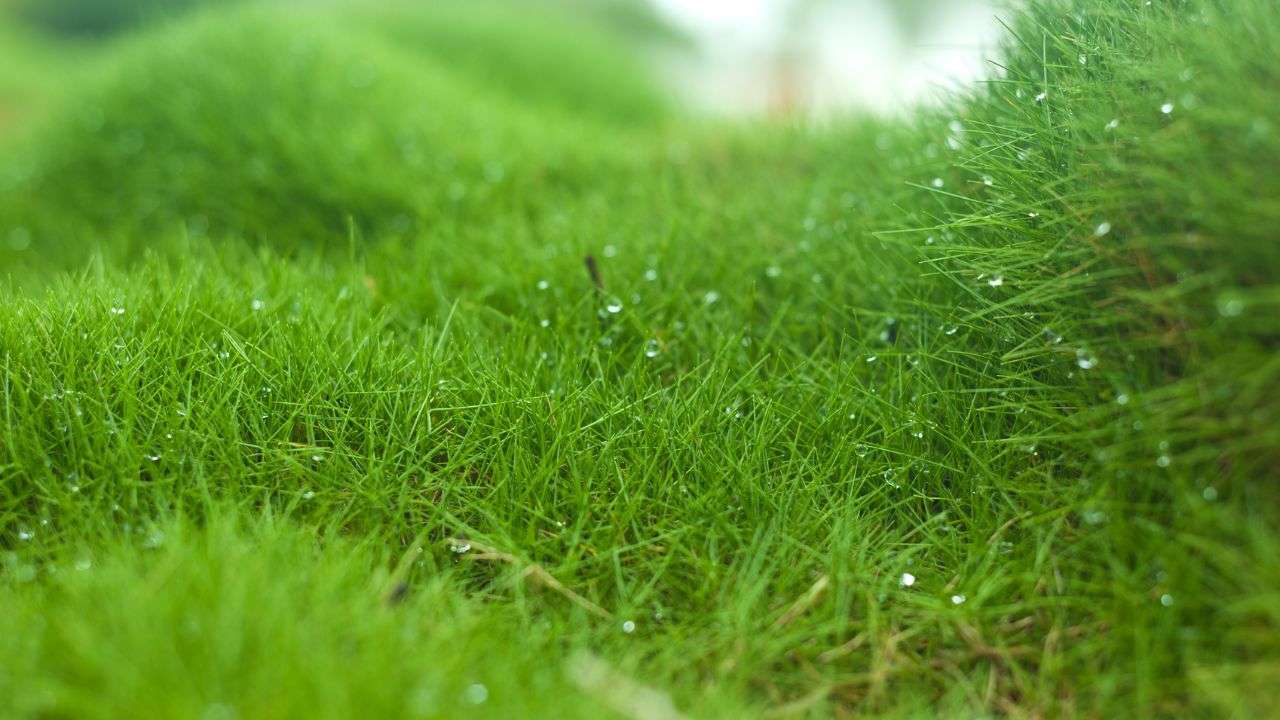
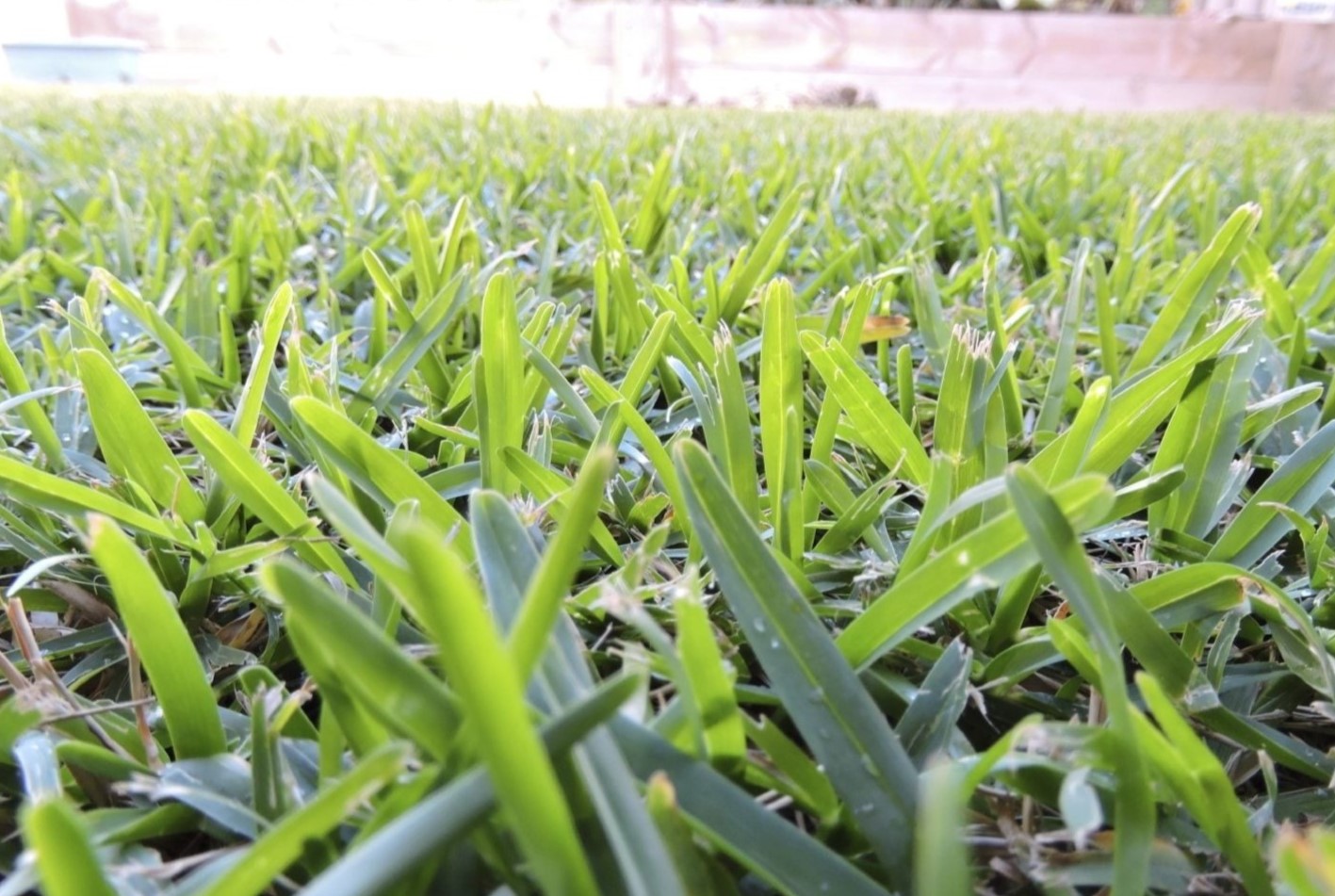
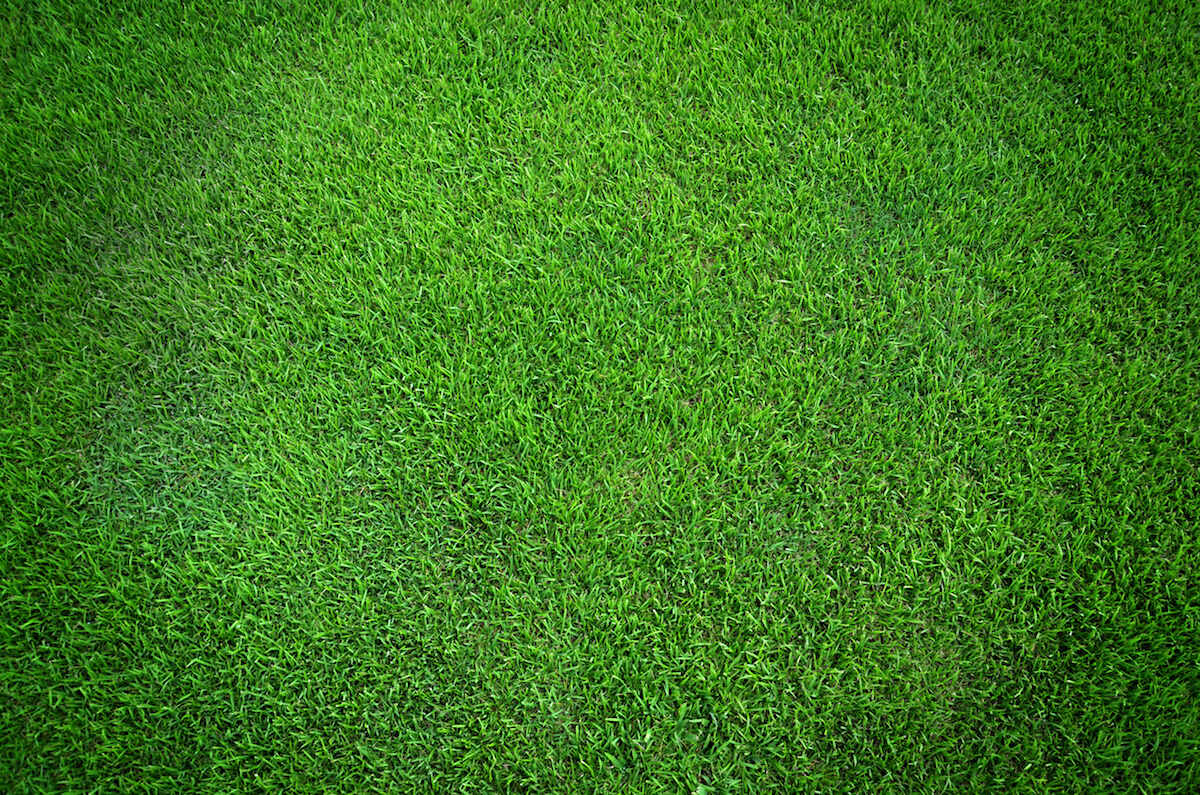
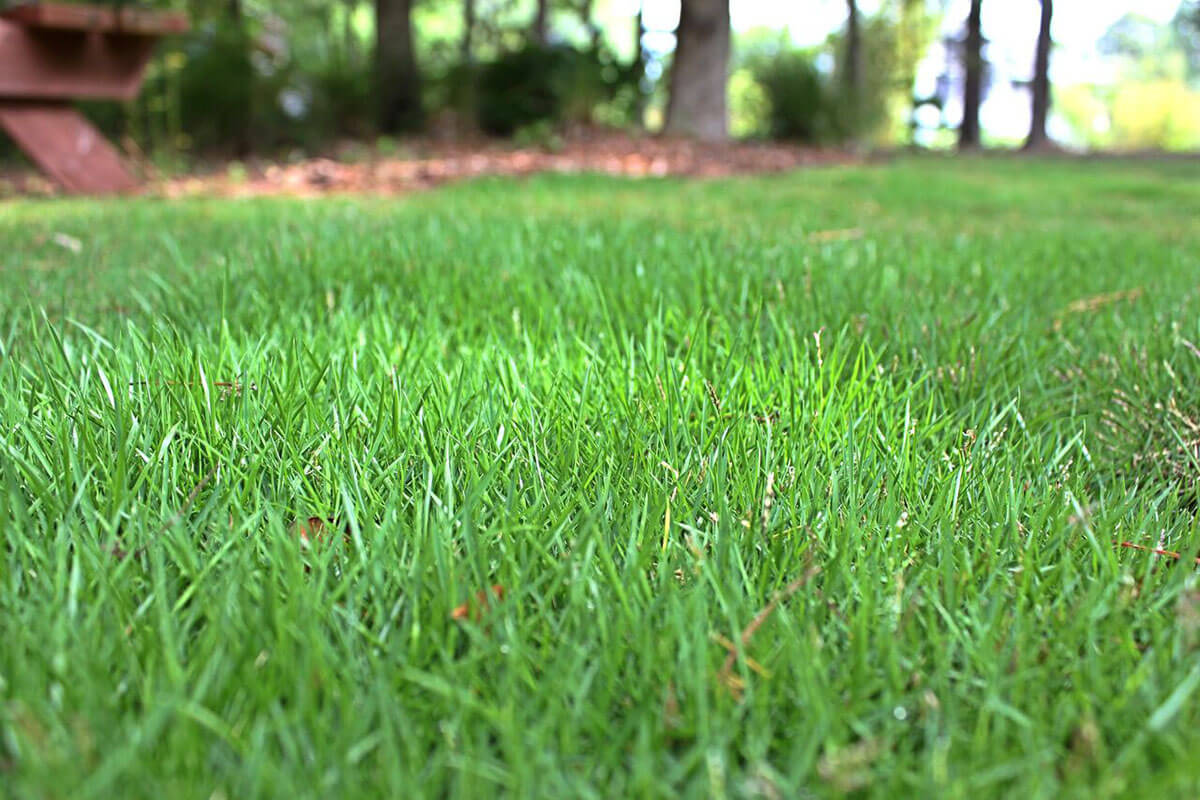

0 thoughts on “How To Spread Zoysia Grass”